Home>Furniture & Design>Outdoor Furniture>What Is The Difference Between Indoor And Outdoor Pickleballs
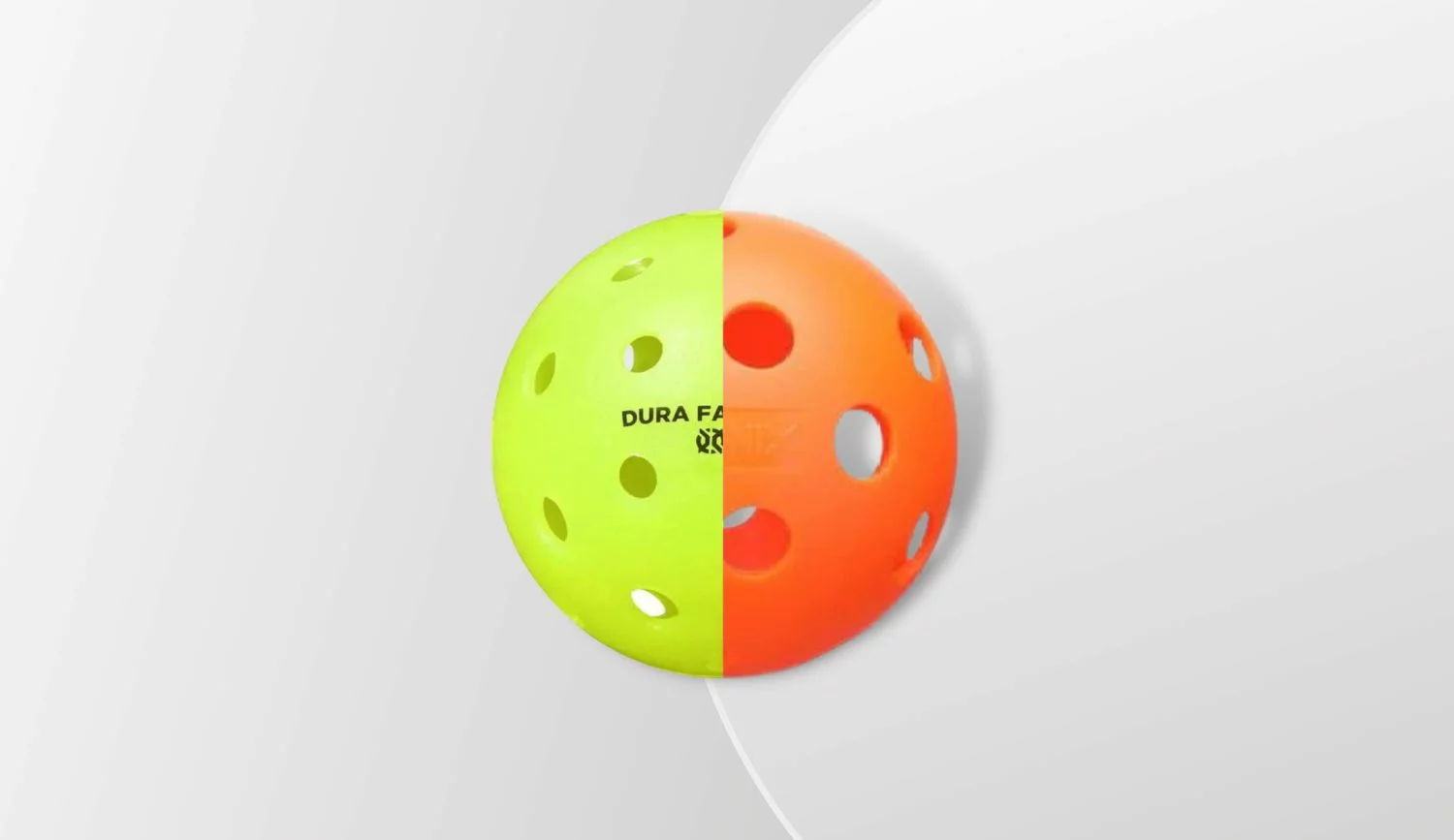

Outdoor Furniture
What Is The Difference Between Indoor And Outdoor Pickleballs
Published: January 14, 2024
Discover the key distinctions between indoor and outdoor pickleballs and make an informed choice for your outdoor furniture and design needs. Explore the factors that set these two types of pickleballs apart.
(Many of the links in this article redirect to a specific reviewed product. Your purchase of these products through affiliate links helps to generate commission for Storables.com, at no extra cost. Learn more)
Introduction
Outdoor and indoor pickleball are both popular variations of the game, each with its own unique characteristics. Understanding the differences between these two types of pickleballs is essential for players who want to optimize their game based on the specific conditions they'll be playing in. Whether you're a seasoned player or a newcomer to the sport, knowing the distinctions between indoor and outdoor pickleballs can significantly impact your game performance.
In this comprehensive guide, we'll delve into the key differences between indoor and outdoor pickleballs, covering aspects such as construction and materials, size and weight, bounce, durability, and color. By the end of this article, you'll have a thorough understanding of how these factors influence gameplay, enabling you to make informed decisions about which type of pickleball is best suited for your playing environment. Let's dive in and explore the nuances of indoor and outdoor pickleballs, shedding light on the intricacies that set them apart.
Key Takeaways:
- Indoor pickleballs are designed for precise, controlled play on indoor courts, with softer materials and a consistent bounce, perfect for strategic shots and finesse.
- Outdoor pickleballs are built for durability and adaptability, featuring a textured surface, enhanced resilience, and a dual-color design for optimal performance in diverse outdoor settings.
Construction and Materials
When it comes to the construction and materials used in indoor and outdoor pickleballs, there are distinct variations tailored to the specific playing environments. Indoor pickleballs are typically crafted with large, precisely drilled holes, ensuring optimal aerodynamics and performance in controlled indoor settings. These pickleballs are designed to deliver consistent flight patterns and responsive play on indoor courts, where factors such as wind and outdoor elements are not in play.
On the other hand, outdoor pickleballs are engineered with smaller, strategically placed holes to mitigate the impact of wind resistance and external conditions. The materials used in outdoor pickleballs are often more durable and resistant to wear and tear, as they need to withstand the rigors of outdoor play, including rougher surfaces and exposure to the elements.
Moreover, the composition of the pickleball’s core and outer shell differs between indoor and outdoor variants. Indoor pickleballs are crafted with a softer core and a smoother surface, promoting controlled bounces and enhanced maneuverability on indoor surfaces. In contrast, outdoor pickleballs feature a harder core and a textured surface, facilitating better durability and resilience against outdoor elements, including rough courts and varying weather conditions.
Understanding the construction and materials of indoor and outdoor pickleballs is crucial for players seeking to optimize their game based on the specific playing environment. By recognizing the tailored design elements of each type, players can adapt their techniques and strategies to maximize their performance on indoor and outdoor courts.
Size and Weight
The size and weight of pickleballs play a pivotal role in determining their suitability for indoor and outdoor play. Indoor pickleballs are standardized to a slightly smaller size and lighter weight compared to their outdoor counterparts. This distinction is attributed to the controlled indoor playing environment, where the absence of wind resistance allows for more precise and delicate gameplay.
Indoor pickleballs adhere to the official regulations set by the USA Pickleball, measuring 2.875 inches in diameter and weighing approximately 0.81 ounces. The slightly reduced size and weight of indoor pickleballs cater to the nuances of indoor play, promoting enhanced maneuverability and precise shots on indoor courts.
Conversely, outdoor pickleballs are crafted with a slightly larger diameter and heavier weight to accommodate the challenges posed by outdoor playing conditions. These pickleballs conform to the official standards, measuring 2.9375 inches in diameter and weighing around 0.88 ounces. The increased size and weight of outdoor pickleballs contribute to better visibility and stability in outdoor settings, allowing for more controlled play in varying weather and wind conditions.
By understanding the nuanced differences in size and weight between indoor and outdoor pickleballs, players can make informed decisions about which type aligns best with their preferred playing environment. Whether it’s the precision of indoor play or the adaptability required for outdoor conditions, the size and weight of pickleballs play a crucial role in shaping the dynamics of the game.
Bounce
The bounce of a pickleball is a critical factor that distinguishes indoor and outdoor variants, directly impacting gameplay and strategy. Indoor pickleballs are designed to deliver a consistent and controlled bounce on indoor courts, where surface conditions are uniform and predictable. The softer core and smooth surface of indoor pickleballs contribute to a more controlled bounce, enabling players to execute precise shots and strategic maneuvers.
Conversely, outdoor pickleballs are engineered to withstand the variable and often rugged surfaces of outdoor courts, necessitating a different bounce profile. The harder core and textured surface of outdoor pickleballs result in a slightly higher and livelier bounce, allowing for better resilience against outdoor elements and rough court conditions. This characteristic bounce is tailored to outdoor play, where adaptability and responsiveness to unpredictable bounces are essential skills for players.
Understanding the distinct bounce profiles of indoor and outdoor pickleballs is crucial for players looking to optimize their game based on the specific playing environment. Whether it’s the controlled and consistent bounce of indoor play or the adaptability required for outdoor conditions, the bounce of a pickleball significantly influences the dynamics and strategies employed on the court.
Indoor pickleballs are designed for a smoother, slower game, while outdoor pickleballs are made to withstand wind and rough surfaces, and are livelier. Make sure to use the right ball for the right environment to get the best playing experience.
Durability
The durability of pickleballs is a key consideration, particularly when distinguishing between indoor and outdoor variants. Indoor pickleballs are designed to prioritize precise aerodynamics and controlled play, often resulting in a slightly less durable construction compared to outdoor pickleballs. The softer materials and construction of indoor pickleballs cater to the controlled indoor environment, where factors such as wind and rough surfaces are not prevalent.
In contrast, outdoor pickleballs are engineered with enhanced durability to withstand the rigors of outdoor play. The materials used in outdoor pickleballs are specifically chosen for their resilience against rough court surfaces, exposure to the elements, and the potential for more frequent impact and wear. Additionally, the textured surface of outdoor pickleballs contributes to their durability, providing better resistance against abrasion and maintaining performance over extended periods of outdoor play.
Given the varying demands of indoor and outdoor playing environments, the durability of pickleballs directly influences their suitability for different settings. Players seeking a balance between precision and resilience may find that the durability of outdoor pickleballs aligns with the challenges posed by outdoor play, while those prioritizing controlled play in indoor environments may opt for the nuanced construction of indoor pickleballs.
Color
The color of pickleballs holds significance in both indoor and outdoor settings, impacting visibility and adaptability to different playing environments. Indoor pickleballs are typically designed in a single, vibrant color, enhancing visibility against the controlled backdrop of indoor courts. The consistent lighting and uniform surfaces of indoor settings allow for optimal visibility, enabling players to track the ball’s movement with ease.
Conversely, outdoor pickleballs are often crafted in a two-tone color combination, featuring a bright hue coupled with a contrasting shade. This design is tailored to outdoor play, where varying lighting conditions and natural elements can affect visibility. The dual-color scheme of outdoor pickleballs enhances their visibility against diverse outdoor backdrops, ensuring that players can track the ball accurately amidst changing light and environmental factors.
Understanding the role of color in distinguishing between indoor and outdoor pickleballs is essential for players seeking to optimize their game based on the specific playing environment. Whether it’s the vibrant visibility of indoor play or the adaptability required for outdoor conditions, the color of pickleballs plays a crucial role in ensuring optimal visibility and tracking during gameplay.
Conclusion
As we’ve explored the nuanced differences between indoor and outdoor pickleballs, it’s evident that each variant is meticulously crafted to align with the specific demands of its playing environment. From construction and materials to size, weight, bounce, durability, and color, the distinctions between indoor and outdoor pickleballs significantly influence gameplay dynamics and player strategies.
For indoor play, the emphasis on controlled and precise maneuvers is reflected in the design of indoor pickleballs, featuring softer materials, a smooth surface, and a consistent bounce. These characteristics cater to the predictable and uniform conditions of indoor courts, enabling players to execute strategic shots with precision and finesse.
On the other hand, outdoor pickleballs are engineered to withstand the variable and often challenging outdoor playing conditions. With a focus on durability, visibility, and adaptability, outdoor pickleballs feature a textured surface, enhanced resilience, and a dual-color design, ensuring optimal performance in diverse outdoor settings.
By understanding the tailored attributes of indoor and outdoor pickleballs, players can make informed decisions about which type best suits their preferred playing environment. Whether it’s the controlled finesse of indoor play or the adaptability required for outdoor conditions, the distinct characteristics of indoor and outdoor pickleballs offer players the opportunity to optimize their game based on their specific playing environment.
Ultimately, the differences between indoor and outdoor pickleballs underscore the versatility and adaptability of the sport, providing players with tailored equipment to excel in a variety of playing environments. Whether you’re honing your skills on an indoor court or embracing the challenges of outdoor play, the nuances of indoor and outdoor pickleballs add depth and intricacy to the game, enriching the playing experience for enthusiasts at every level.
Frequently Asked Questions about What Is The Difference Between Indoor And Outdoor Pickleballs
Was this page helpful?
At Storables.com, we guarantee accurate and reliable information. Our content, validated by Expert Board Contributors, is crafted following stringent Editorial Policies. We're committed to providing you with well-researched, expert-backed insights for all your informational needs.
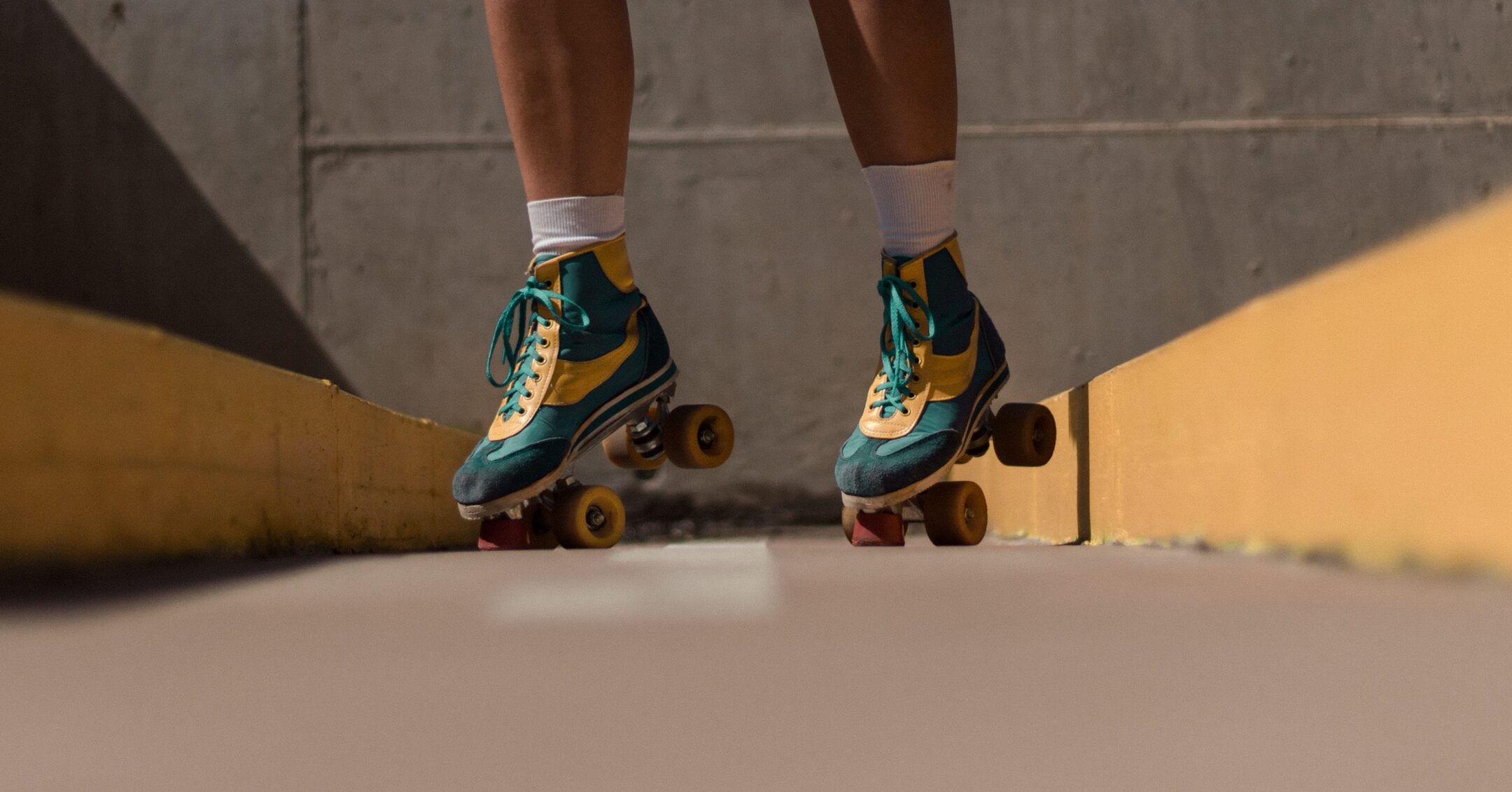
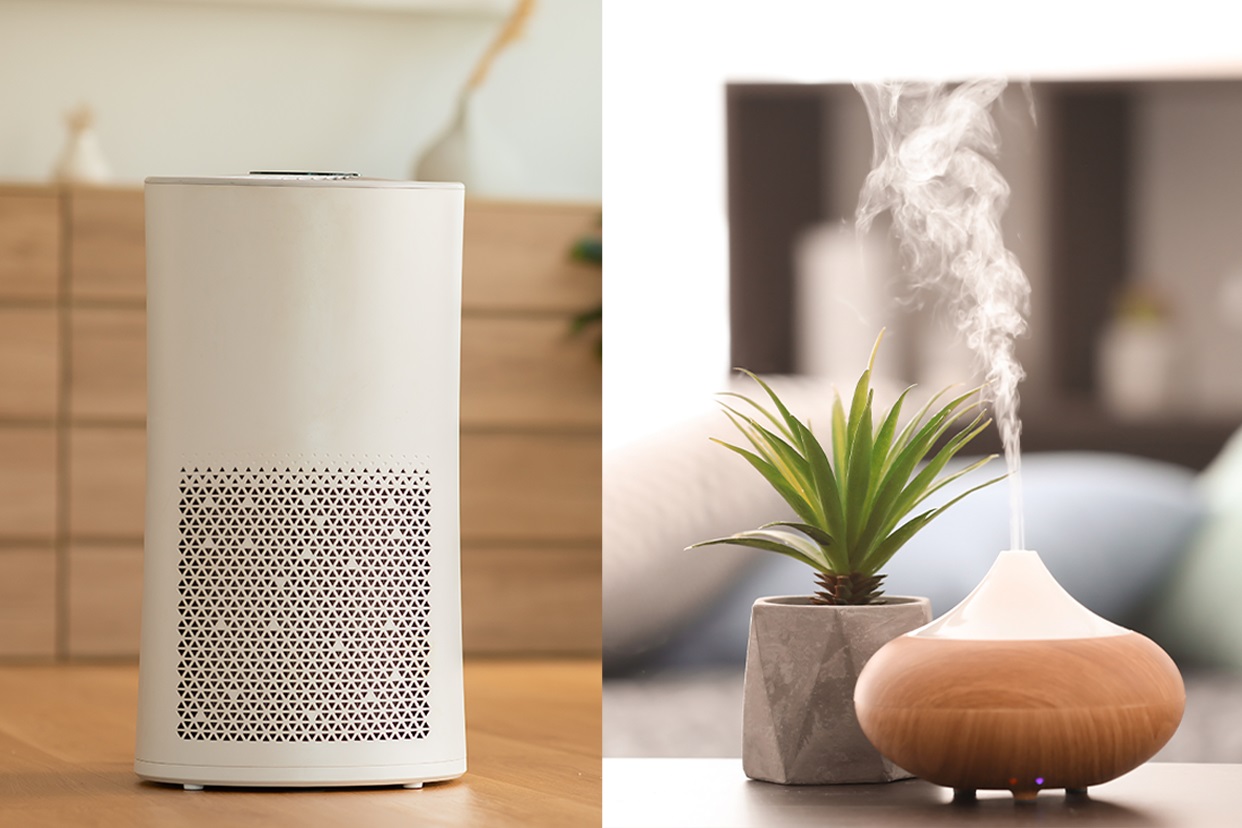
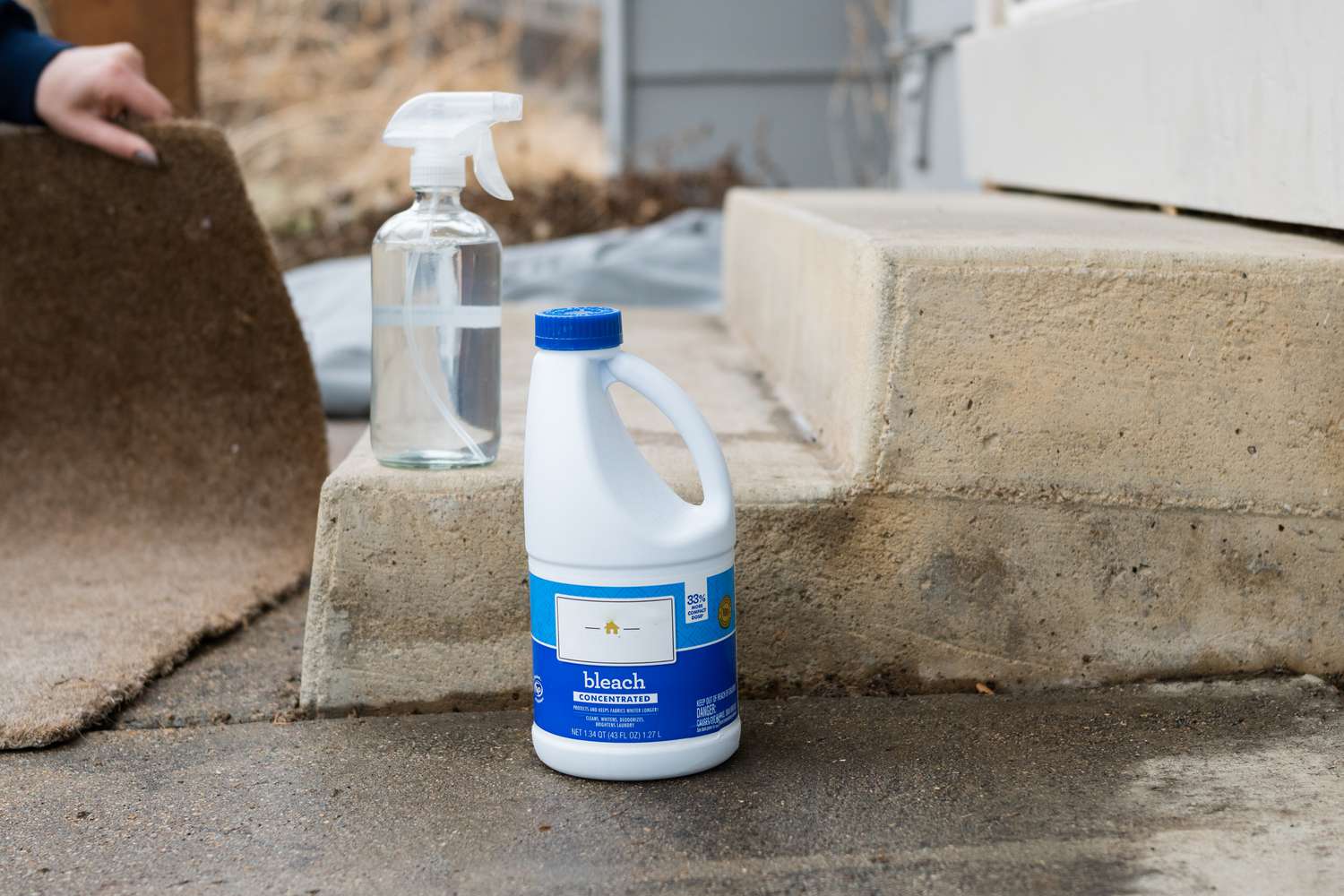
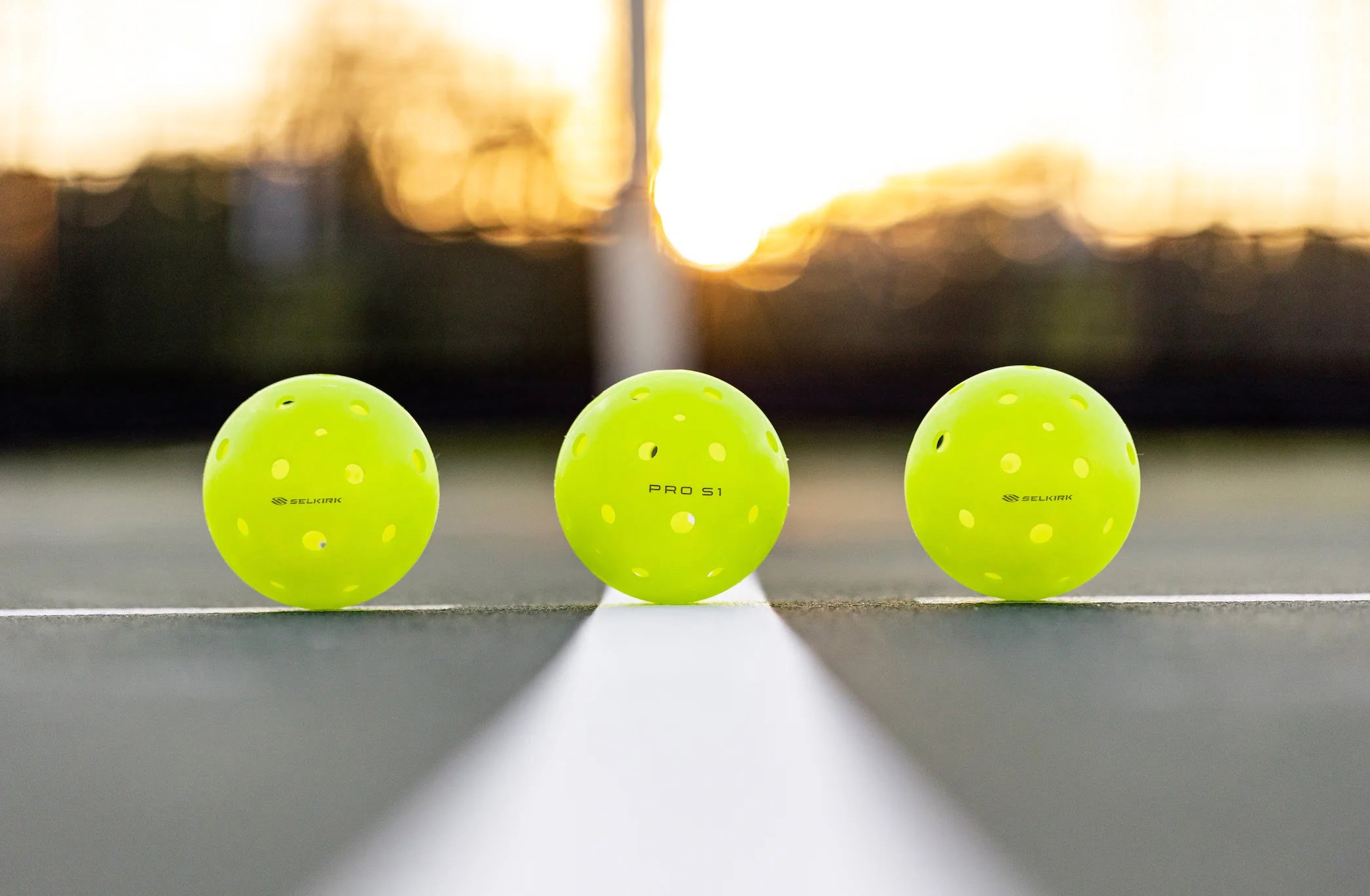
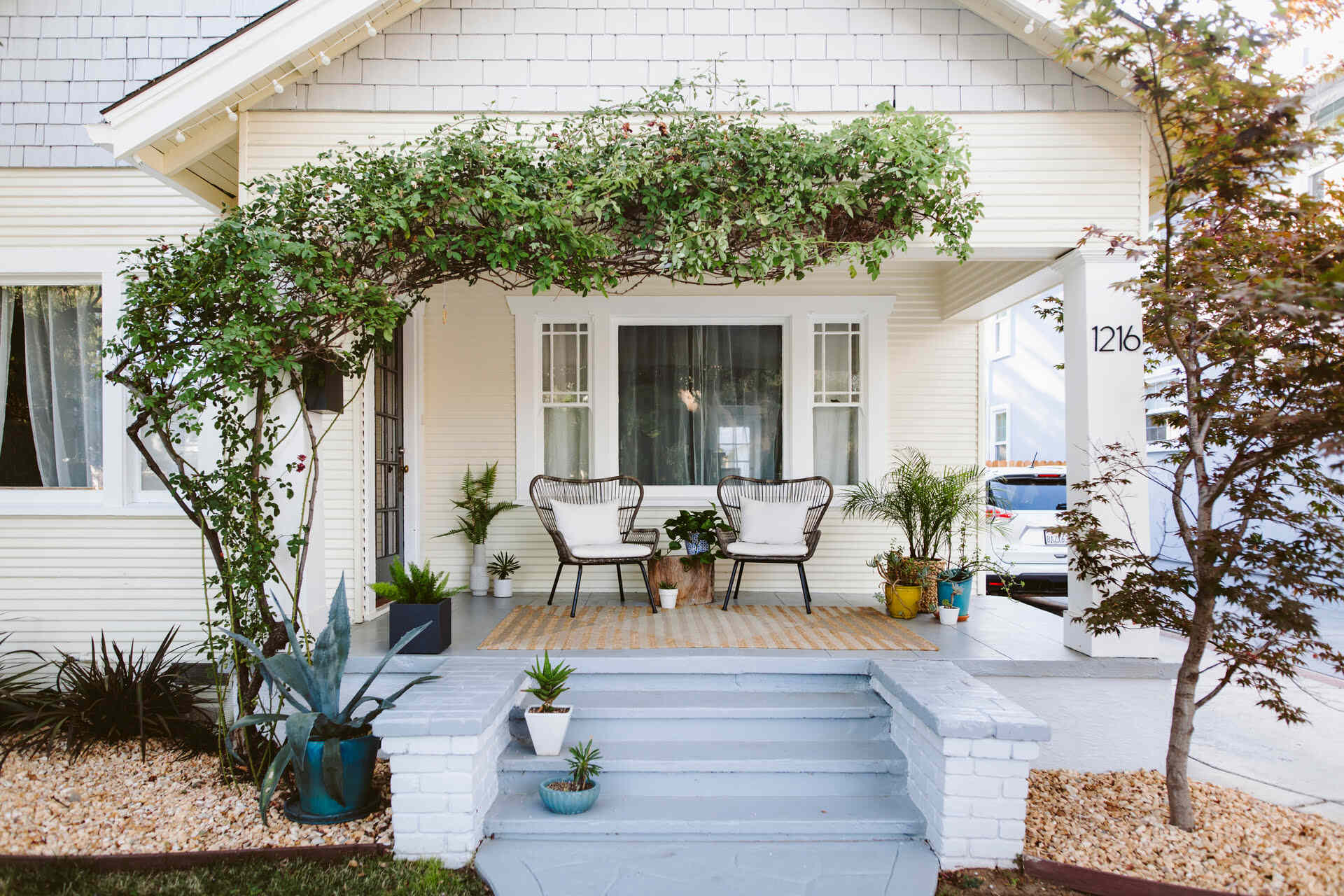

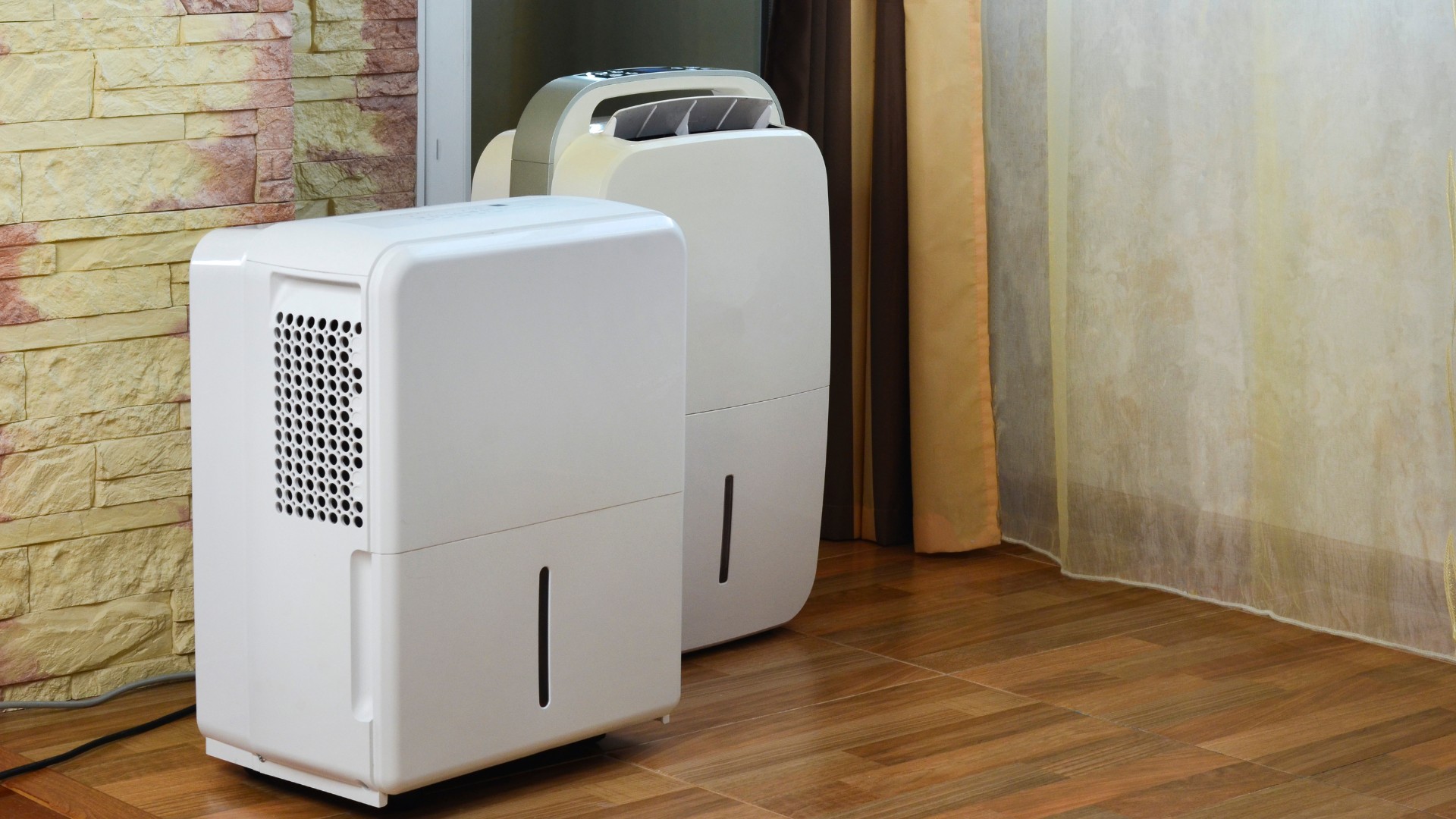
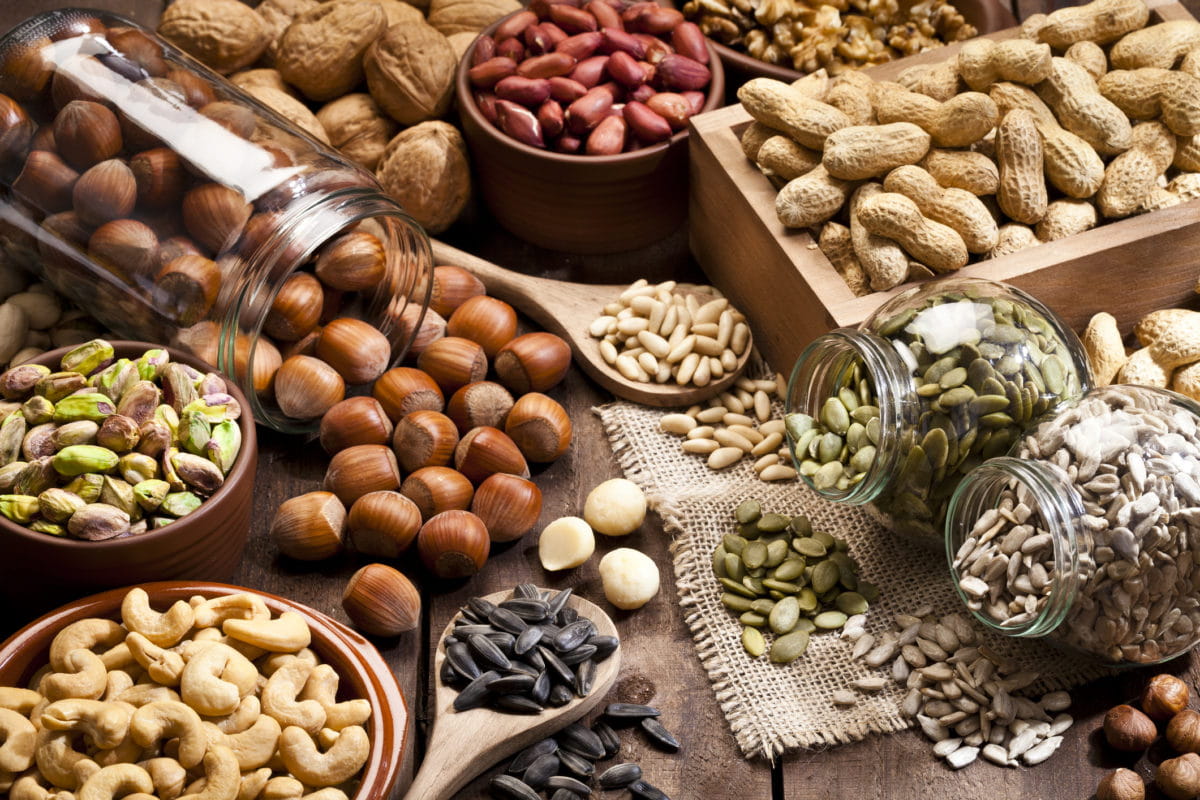
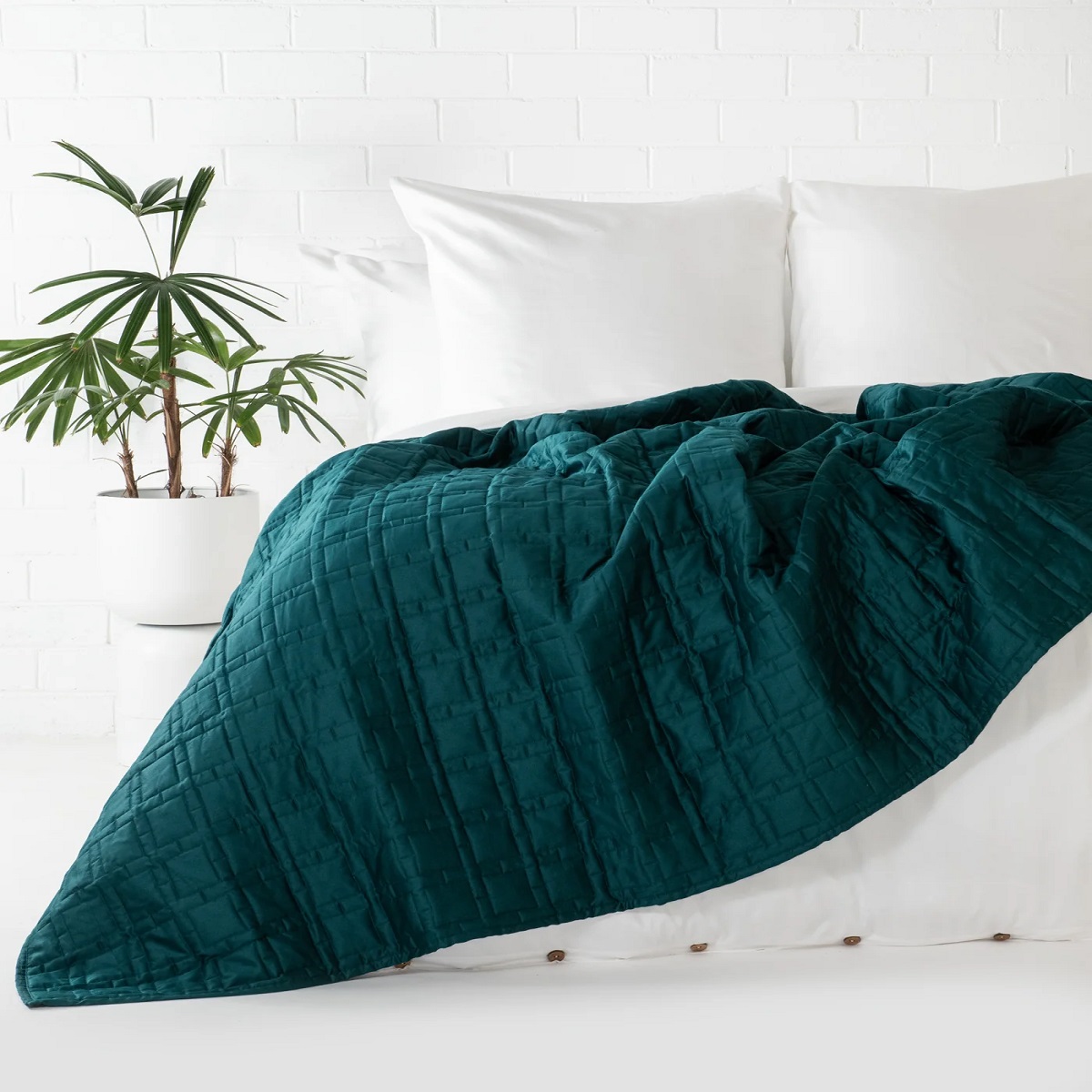
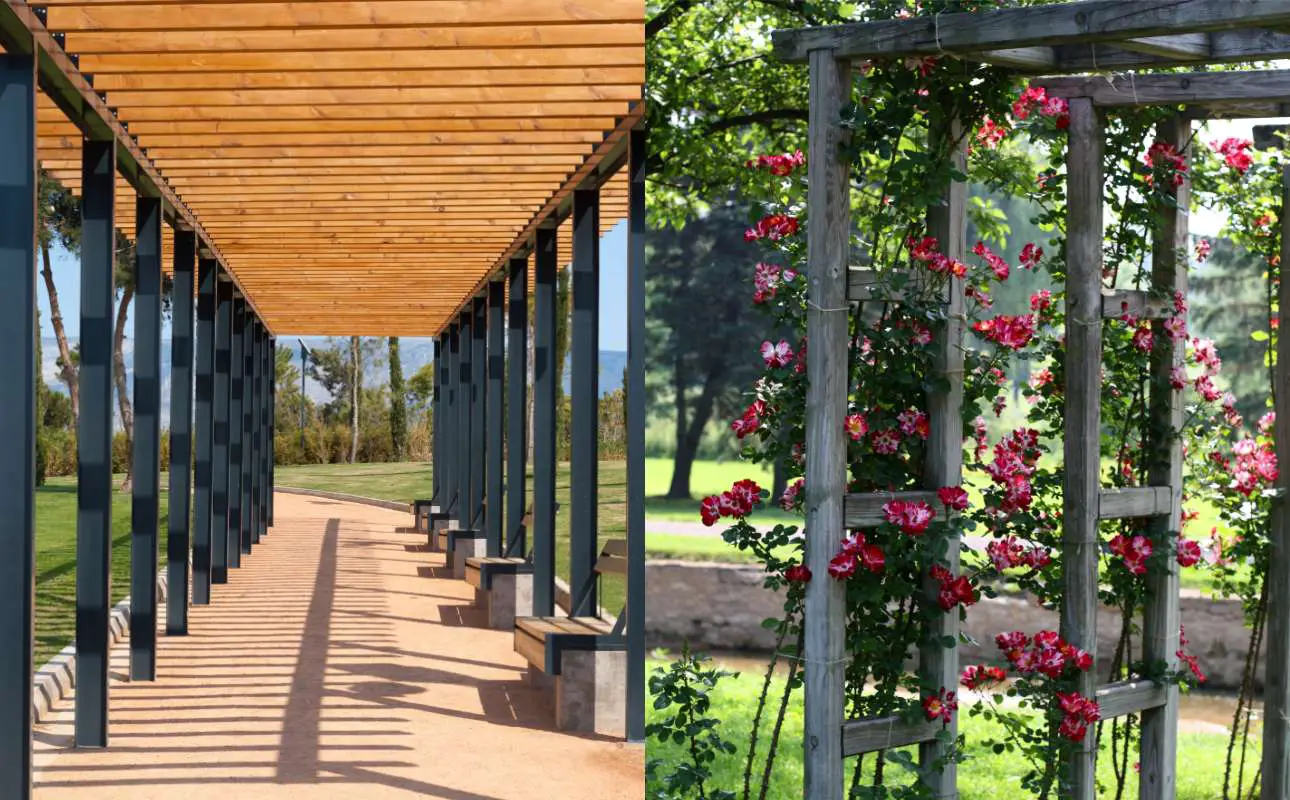
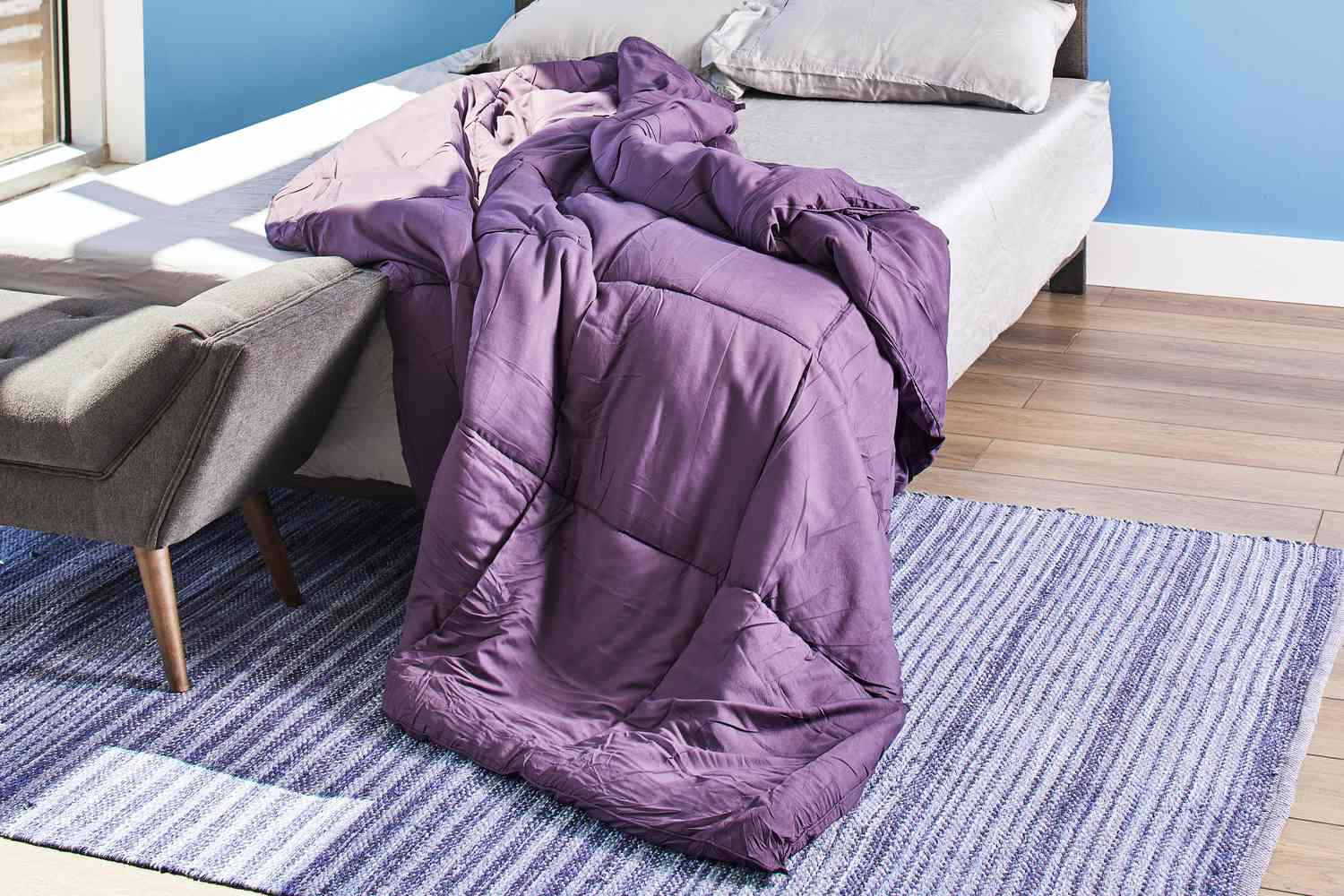
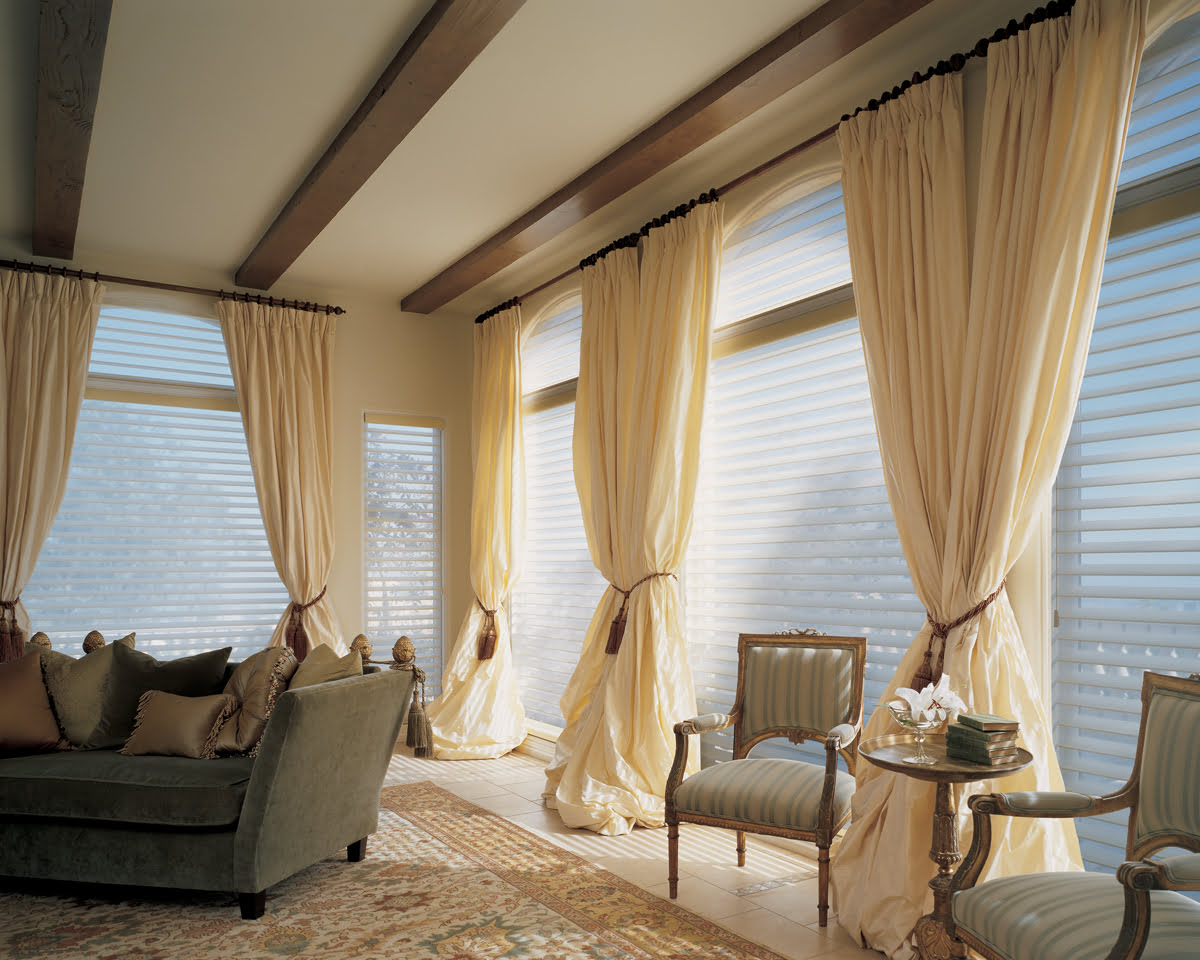



0 thoughts on “What Is The Difference Between Indoor And Outdoor Pickleballs”